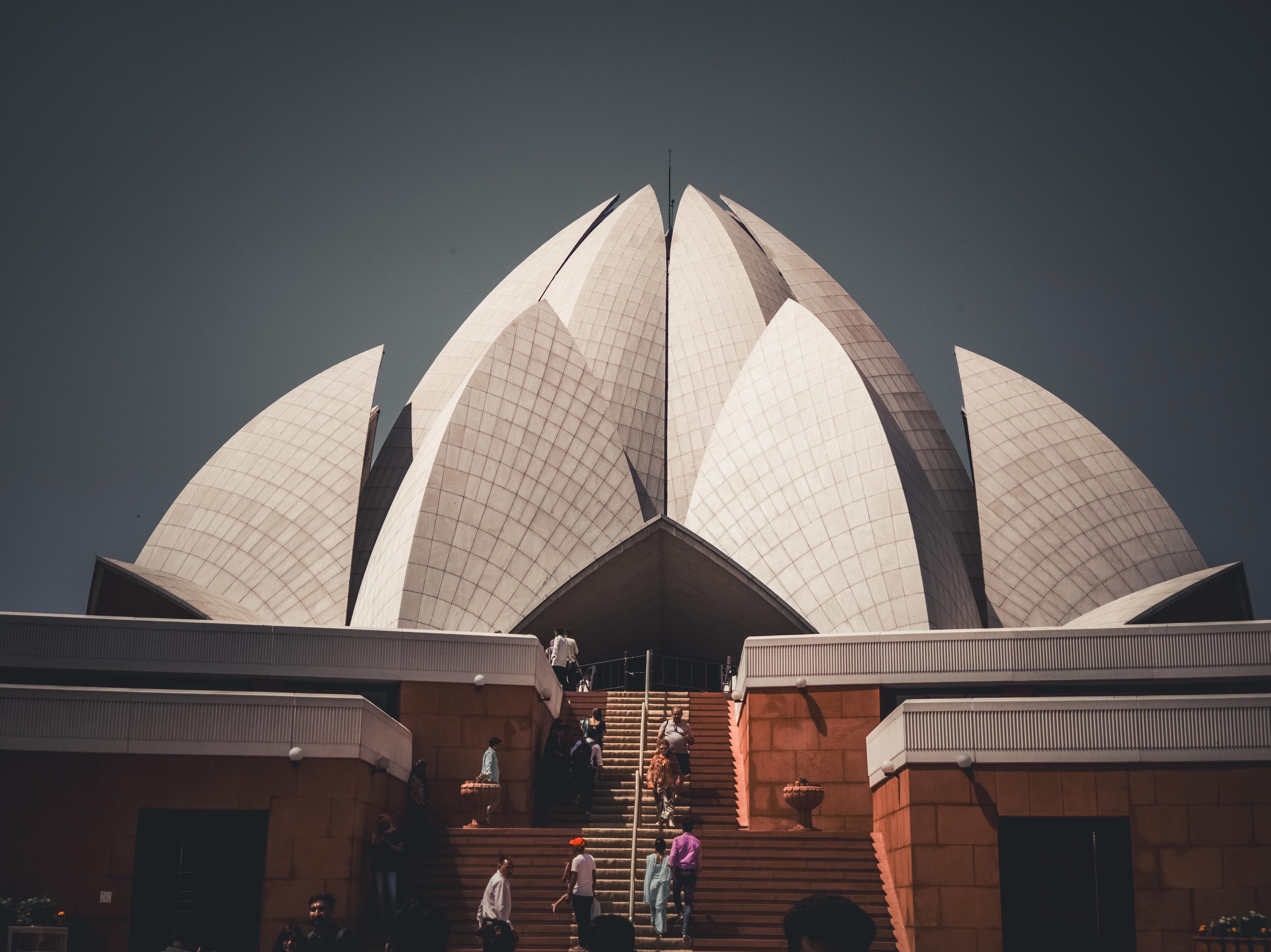[ad_1]

The Lotus Temple in Delhi, India is a famous architectural marvel known for its unique design inspired by the lotus flower. The temple, which is a Bahá’í House of Worship, is open to people of all faiths and backgrounds for silent prayer and meditation.
Designed by Iranian-Canadian architect Fariborz Sahba, the Lotus Temple was completed in 1986 and has since become a popular tourist attraction in Delhi. Its design features 27 free-standing marble-clad petals arranged in clusters of three to form nine sides, symbolizing unity and interconnectedness.
The Lotus Temple is surrounded by lush green gardens and tranquil ponds that provide a peaceful escape from the bustling city. Visitors are welcomed to explore the temple’s interior, which consists of a large central hall with no idols, altars, or other religious symbols. Instead, visitors are encouraged to sit in silence and reflect on their own spiritual beliefs.
The temple’s philosophy of unity and equality is reflected in its nine entrances, which symbolize the idea of welcoming people from all walks of life. The Lotus Temple has won numerous architectural awards for its innovative design and has been featured in several international publications.
Overall, the Lotus Temple is a place of beauty, peace, and harmony where visitors can come together to pray, meditate, and find solace in a world of diversity and acceptance.
